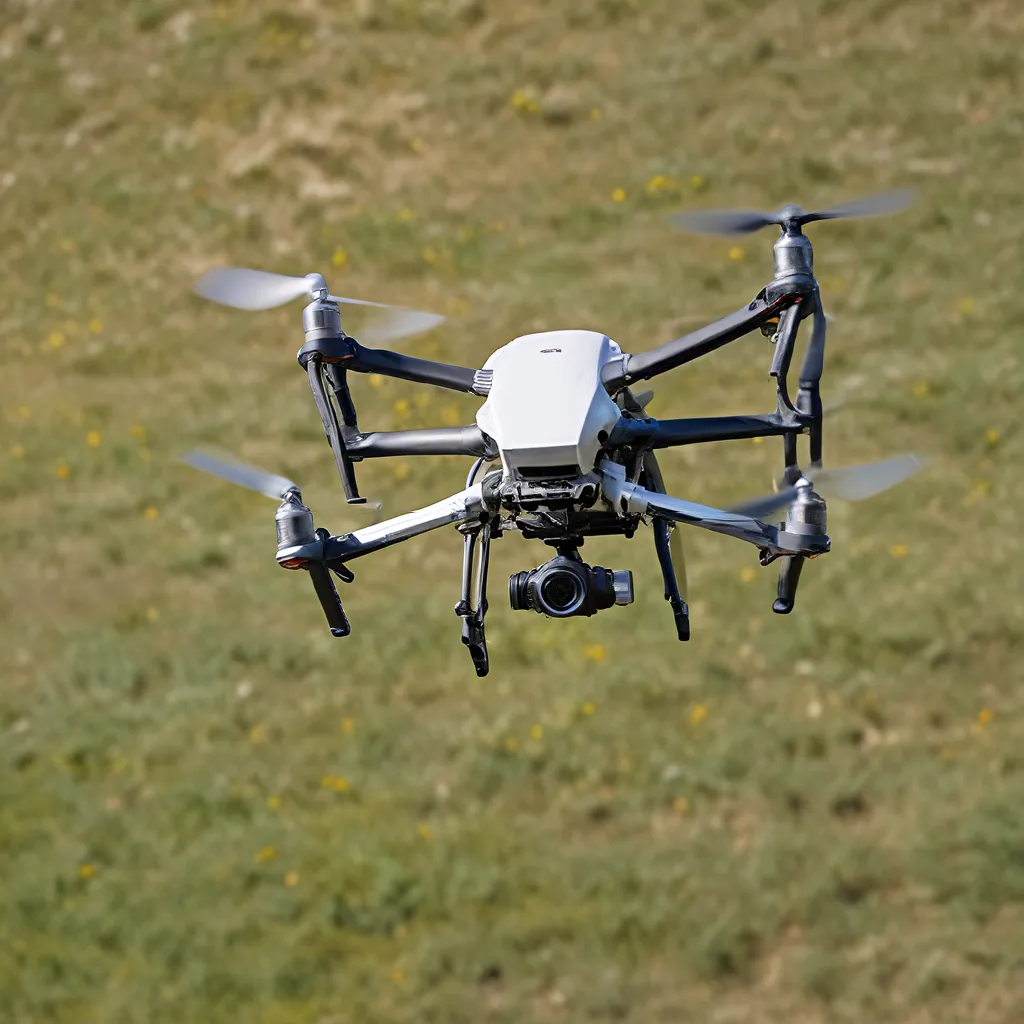
Drones Take Flight: Embracing the Future, Navigating the Regulations
As a passionate drone enthusiast, I’ve witnessed firsthand the incredible transformation these high-tech devices have brought to various industries. From enhancing construction site inspections to revolutionizing agricultural monitoring, drones are pushing the boundaries of what’s possible. But with this surge in drone usage comes the critical need to navigate the complex web of regulations governing their operation.
The Federal Aviation Administration (FAA) plays a pivotal role in the regulation of commercial drone use in the US. Their Part 107 rules are the primary guidelines for operating small unmanned aircraft systems (UAS) commercially. These regulations cover everything from pilot certification to operational limitations, ensuring that drone activities do not pose a risk to public safety or national airspace.
As professional data capturers, it’s our responsibility to stay informed about the legal landscape and adhere to these regulations. But navigating drone laws isn’t just about understanding federal regulations – local laws can also significantly impact drone operations, with specific areas imposing additional restrictions to protect privacy or prevent disturbances.
The Pilot’s Certification: A Crucial Step
Obtaining a Part 107 certification is a crucial step for anyone looking to become a commercial drone pilot. This certification demonstrates a comprehensive understanding of airspace rules, safety practices, and operational regulations, ensuring that data capturers are well-equipped to navigate the skies responsibly.
But the journey doesn’t end there. Certain drone operations may require additional waivers or authorizations, especially when flying in restricted airspace or conducting activities beyond the standard operational limits set by the FAA. Understanding how to apply for these permissions is an integral part of compliant drone operation.
Ensuring Safety in the Skies: A Meticulous Approach
As drones take to the skies, ensuring the safety of both drone operations and the people on the ground is paramount. Adhering to a set of safety protocols designed to minimize risks and protect all involved is a non-negotiable requirement.
Before a drone ever leaves the ground, a series of critical checks and preparations must be conducted to ensure a safe flight. This includes conducting a comprehensive risk assessment, checking the drone’s battery life, verifying the firmware is up-to-date, and familiarizing myself with the area’s layout and potential obstacles.
Maintaining control and situational awareness during flight is crucial for drone safety. This involves keeping the drone within visual line of sight at all times and avoiding hazardous maneuvers that could lead to collisions or loss of control. Communication with onsite personnel is also essential, ensuring everyone is informed about the drone’s operations and reducing the risk of accidents or misunderstandings.
Lessons Learned: Navigating Successes and Failures
Learning from both successes and failures is key to advancing drone safety in work zones. Let’s explore real-world examples that shed light on best practices and valuable lessons learned.
One shining example is a construction project in the middle of a bustling city, where the project manager outsourced a data capture professional to aid in surveying, inspecting, and progress monitoring. The drone pilot conducted thorough pre-flight checks, reviewed weather conditions, and coordinated with the local aviation authority to ensure a safe and compliant operation. By utilizing geofencing technology and employing a designated spotter, the team was able to conduct their drone flights with minimal risk and maximum efficiency.
On the other hand, a scenario involving a freelance pilot who bypassed critical safety checks serves as a sobering reminder of the consequences of overconfidence. The uncalibrated compass and weakened battery led to a loss of control, resulting in a crash and significant financial loss. This incident underscores the importance of always following best practices, no matter how experienced you may be as a pilot.
The Future of Drone Safety: Innovation and Collaboration
As drone technology continues to evolve, so too will the safety protocols and regulations governing their use in work zones. Staying informed about these changes is crucial for drone operators seeking to maintain compliance and ensure safety.
Advanced sensing and avoidance systems are becoming more prevalent, enabling drones to navigate more safely around obstacles and reduce the risk of collisions. The integration of artificial intelligence (AI) and machine learning (ML) technologies is also improving the accuracy of risk assessments and operational planning.
On the regulatory front, authorities are exploring new ways to integrate drones into national airspace systems safely. This includes the development of remote identification standards, which will help manage air traffic and enhance safety by making it easier to identify and track drone operations in real-time.
Embracing a Culture of Continuous Learning
For drone pilots, staying informed about the latest developments in drone technology and regulations is key to navigating the future of work zone safety. This can involve participating in industry forums, attending training sessions, and closely monitoring announcements from regulatory bodies like the FAA.
Continuous learning and improvement are essential for data capturers who want to enhance their own operational safety and contribute to the broader goal of safe and efficient drone integration into work zones.
As I reflect on the incredible journey of drone technology, I’m reminded of the responsibility we all share as pilots to operate these devices with the utmost care and adherence to regulations. From understanding federal and local laws to implementing robust safety protocols and keeping an eye on future developments, every step taken toward safety and compliance not only protects those on the ground but also ensures the sustainable integration of drones into professional landscapes.
So, let’s continue to prioritize safety, embrace innovation, and work together to navigate the ever-evolving skies above our work zones. By doing so, we can ensure that drones remain invaluable tools in our quest for efficiency, productivity, and safety in various industries.











